► New Chinese electric SUV hits the UK
► Amazing value, but is there a catch?
► On sale now, priced from £36,500
Leapmotor is the latest Chinese electric car manufacturer to chance its arm on the European market. But, where the likes of BYD, Jaecoo and Nio made the move west under their own steam, Leapmotor had a leg up from one of the biggest players in the region – Stellantis. And the brand hopes that’s what’s going to give it the edge.
Leapmotor has barely got its boots on UK soil, but it’s already bookended its model range with the dinky (and rather good) T03 city car and this – an electric family SUV called the C10 that’ll rival everything from the Kia EV6 to the Skoda Enyaq at a fraction of the price.
How cheap are we talking? Well, prices for the C10 start from £36,500 which, I’ll admit, doesn’t look all that cheap when you compare it to the £37,495 you’ll spend on the base model Renault Scenic E-Tech. But Leapmotor was very keen to point out that you’re getting far greater value for money by opting for the C10.
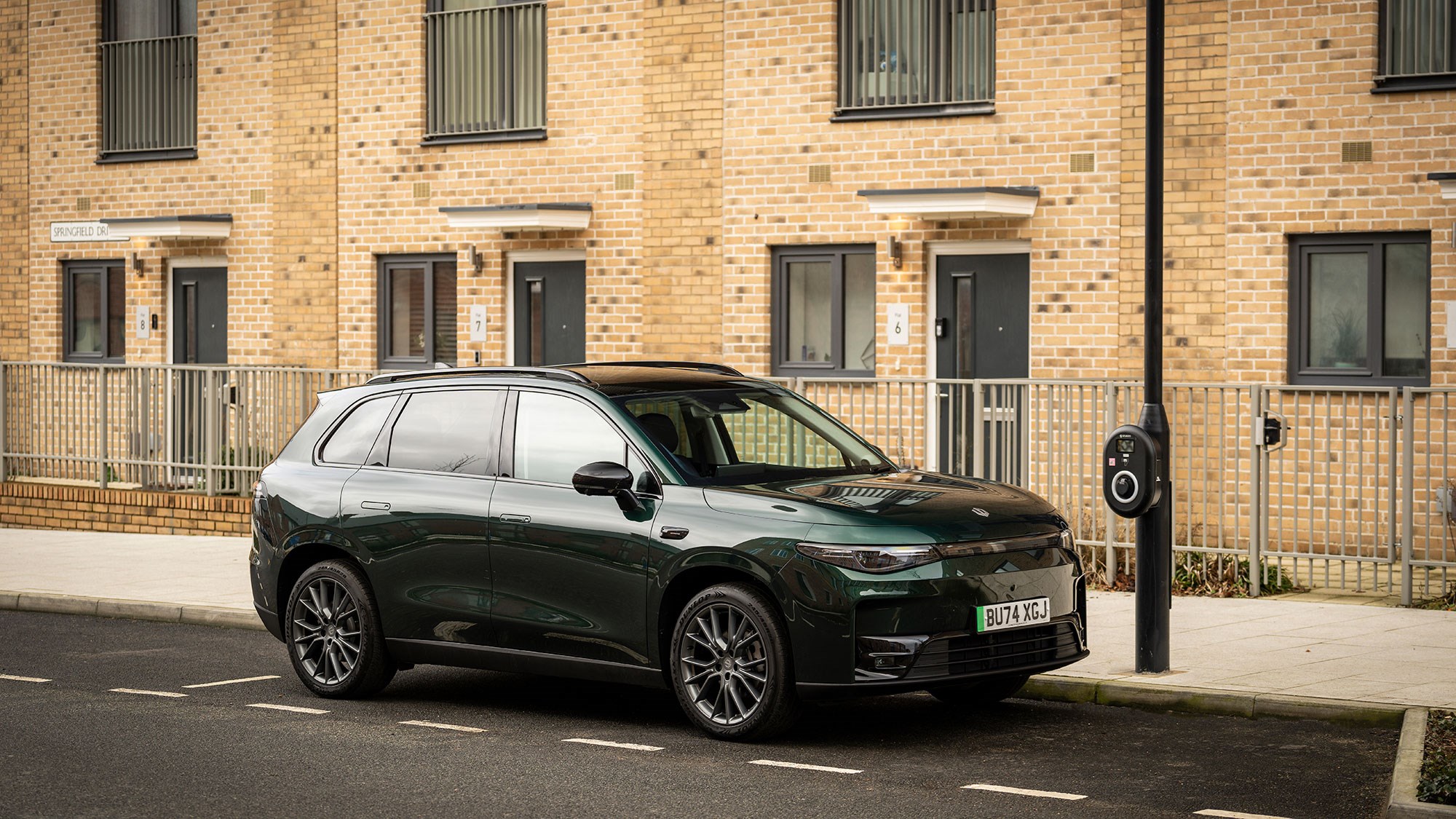
Its standard kit list is certainly impressive. You get a 14.6-inch touchscreen, climate control, a wireless smartphone charger, a heated steering wheel, a massive 2.1 square metre panoramic sunroof and more safety technology than you can shake a high-visibility vest at. You’d need to spend upwards of £45,000 to get the same spec on the Scenic.
Plus, Leapmotor says it already has access to 95% of the C10’s spare parts (something its rival Chinese manufacturers are struggling with in Europe) and it can leverage Stellantis’ extensive range of dealers to make sure it drivers are well supported throughout their ownership experience.
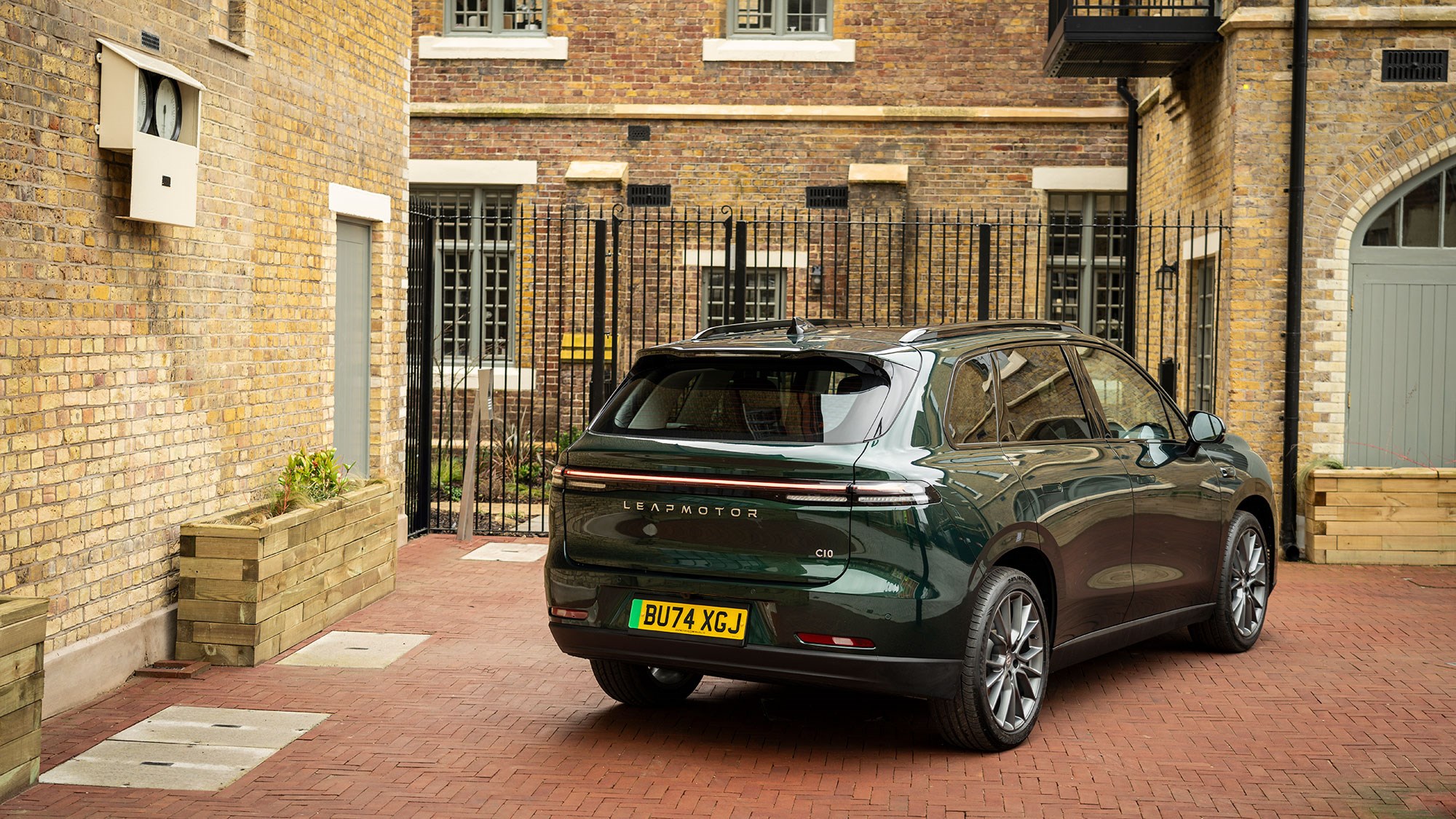
The question is – has Leapmotor done enough to turn the C10 into a serious contender in the electric family car market? Or is it just another average electric car at an attractive price? Scroll down to find out what I made of it.
At a glance
Pros: incredible value, strong build quality, utterly cavernous interior
Cons: ride is a little choppy, uninspiring performance, complicated touchscreen
What’s new?
Everything. It’s a completely new model – and Leapmotor’s CEO, Tianshu Xin, beamed as he explained to CAR magazine the extent of his company’s in-house development achievements. These include designing almost all the C10’s battery from scratch and implementing its cell-to-chassis technology.
Originally pioneered by Leapmotor and now used by Tesla, the latter integrates the C10’s battery into the chassis of the car, which the firm’s engineers say has dialled up rigidity, liberated more interior space and improved handling dynamics. Keep reading to find out whether it’s worked.
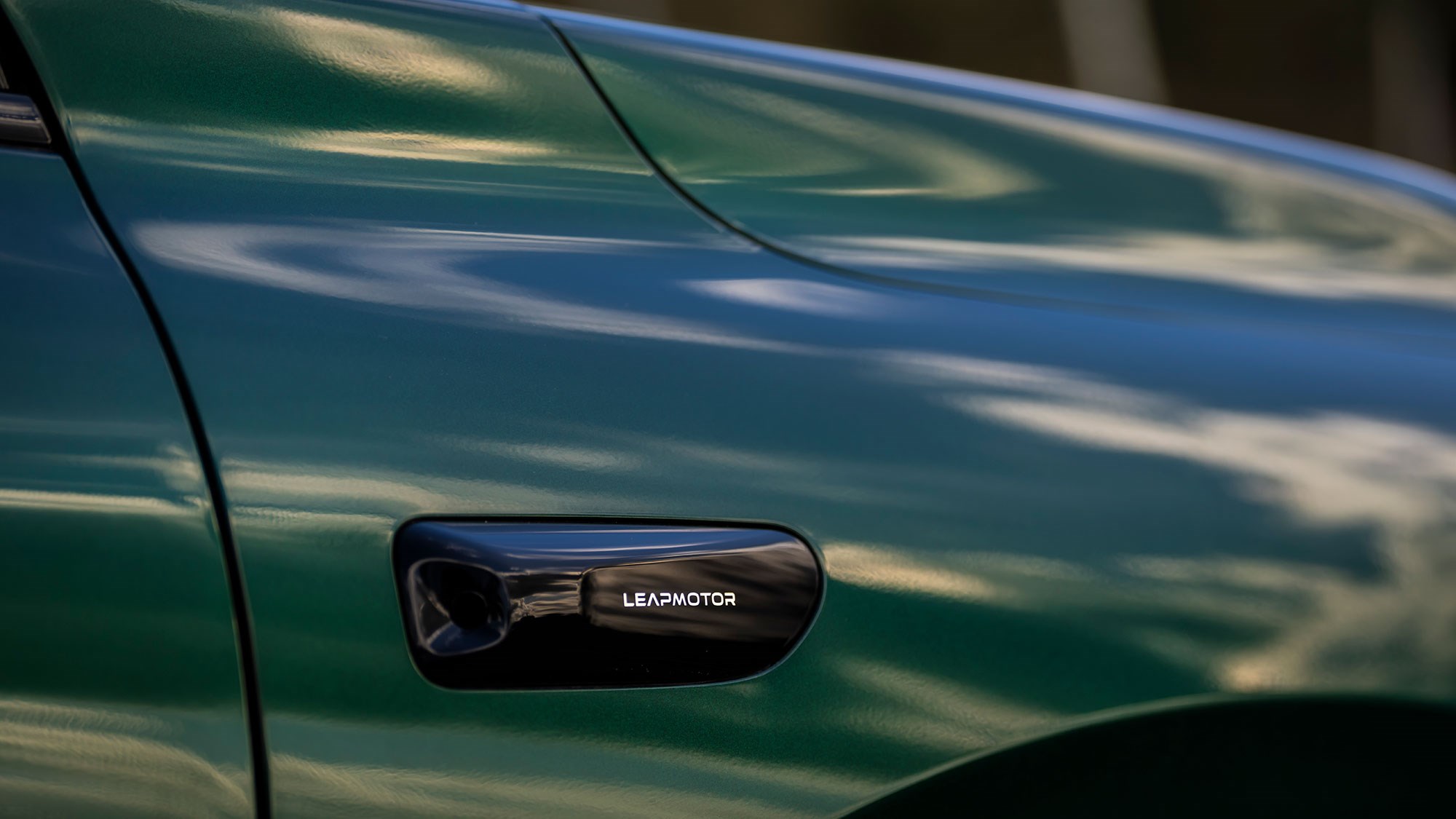
The technology might be shiny and new, but Leapmotor has clearly taken some inspiration from its European competitors for the C10’s design. In a move that surprised precisely nobody in the CAR magazine office, Leapmotor lifted several leaves from the Tesla’s design handbook – and not only for the car’s ultra-minimalist dashboard.
The exterior design is about as banal as they come, but it at least has the mien of a modern electric SUV. There’s a bit of Kia Niro in there, along with a hint of Smart #1 and a dash of Mercedes EQB. Its saving grace is that fantastic green paint. There are far too many black and silver cars in this world, and I applaud Leapmotor for trying to change that.
What are the specs?
The Leapmotor C10 has a single electric motor on the rear axle. It produces 215bhp and 236lb ft of torque – and the firm’s engineers say that’s enough for a 0–62mph time of 7.5 seconds and a top speed of 105mph. The motor is fed by a 69.9kWh battery pack, offering a maximum official WLTP driving range of 263 miles.
Leapmotor likes to tell anyone that’ll listen about its ‘cutting edge’ electric car technology, but it can’t quite keep up with the very best from Kia and Volkswagen. For example, it can only support DC charging speeds of up to 84kW, whereas the EV6 can handle up to 350kW.
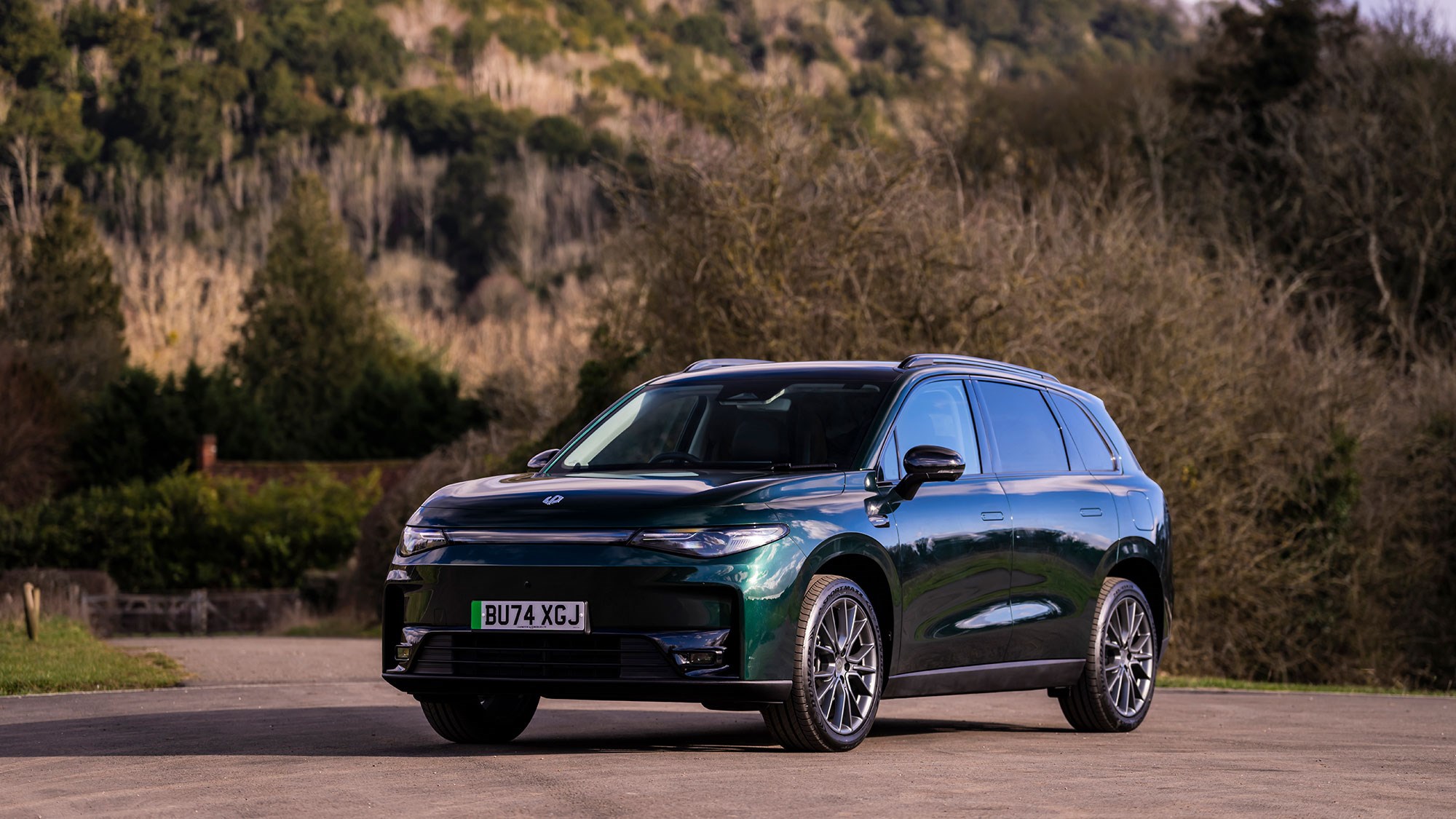
As a result, the C10 can only charge from 30–80% capacity in around 30 minutes, whereas the EV6 can thrash from 10–80% in just 18 minutes. At least the C10 has the same natty vehicle to load functionality that allows you to use the energy in its battery for power external appliances.
How does it drive?
Erm… not bad, I guess. It’s not the last word in comfort or sportiness but – and you’ll be sick of seeing this phrase by the end of my review – it really isn’t bad for the money.
Chinese manufacturers seem to have a penchant for making their cars both softly sprung and over damped – and the C10 is no different. It’s a little floaty until you hit a bump, then the chassis sends a shudder through the cabin because the suspension can’t compress quickly enough to absorb the impact. It’s odd. But it isn’t unbearable.
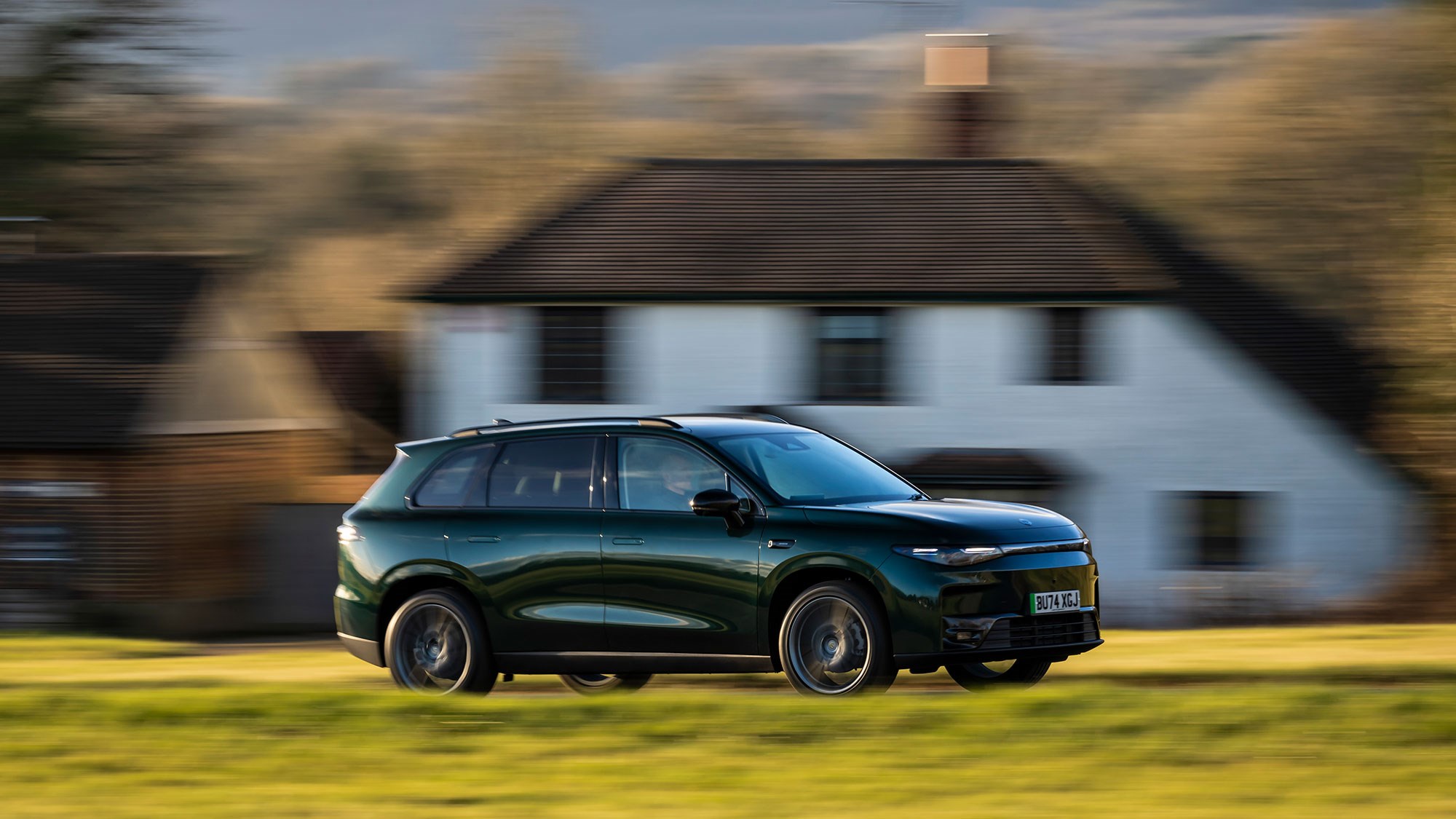
My colleague, Seth Walton, had this to say about the C10’s handling: ‘The C10 would roll into corners during my test. I felt as though I had to pick my speed and lines carefully around some of the longest or tightest bends as the nose was prone to gliding off line as the tyres struggled for grip.’ Having experienced the same thing on a few bone-dry Sussex roundabouts, I’m inclined to agree with him.
I didn’t really get on with the steering, either. It’s almost completely devoid of feedback and it’s very light unless you have the car in Sport mode. There’s a bit of play around the centre, too, so you never really have the confidence to throw it around. Leapmotor’s done this on purpose, though. It’s made the C10 more relaxing to cruise down the motorway.
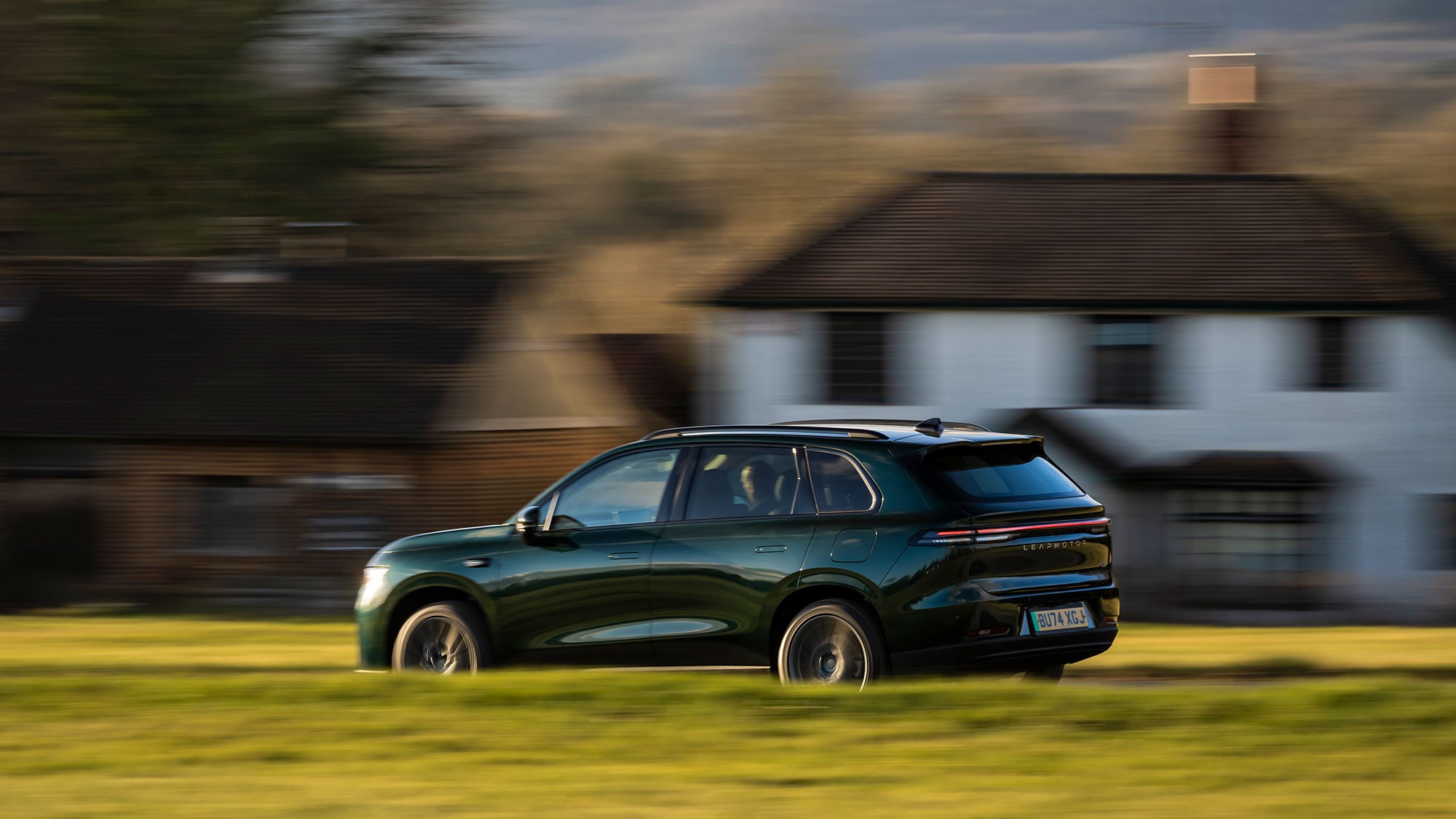
Then there are the brakes. This is probably where Leapmotor needs to do the most amount of recalibration because the pedal is far too light and grabby. Breathe on it and you’ll be fired through the windscreen like a ballistic missile. I found myself avoiding using the brakes and simply relying on the regenerative braking system.
Oh, and it’s slow. Really slow. I’ve grown accustomed to electric cars – even ten-a-penny family SUVs like the Kia EV6 and Skoda Enyaq – being fast. Especially out of the blocks. But the C10 feels lethargic and heavy, and I can’t figure out why.
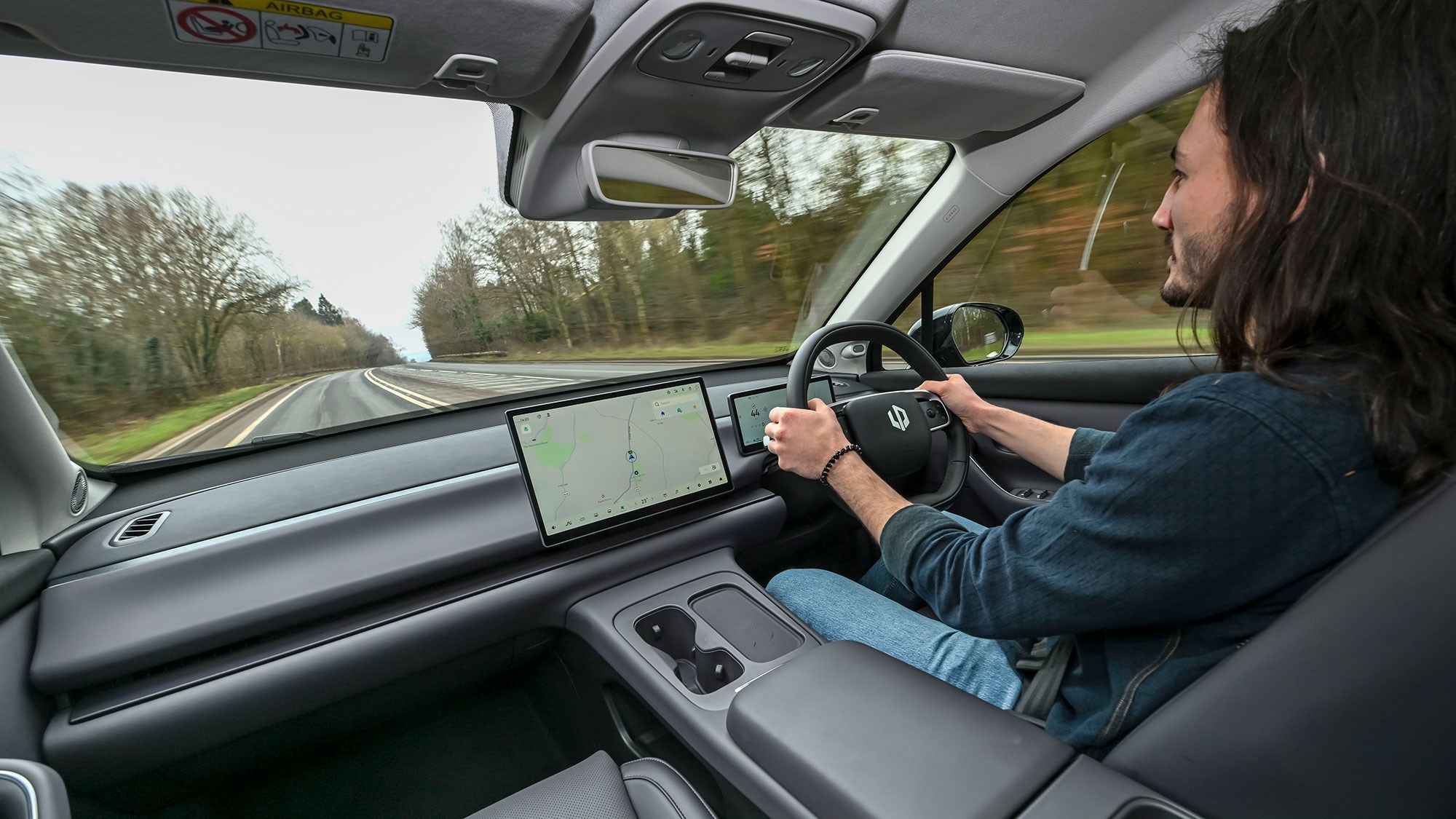
It has 215bhp, 236ftlbs of torque and a 0–62mph time of 7.5 seconds. Those figures are basically the same as the Renault Scenic, so you’d think the C10 would feel similarly quick. But it behaves like you’ve always got four passengers on board and a pallet of bricks in the boot. There’s no urgency in the way it accelerates, even with your foot welded to the floor.
I doubt it’s a hardware issue, though. Deploying the same tactic as the steering, I reckon Leapmotor has tuned the C10’s ‘throttle’ response to always feed the power in gradually no matter the position of your foot, thereby making the car as relaxing to drive as possible.
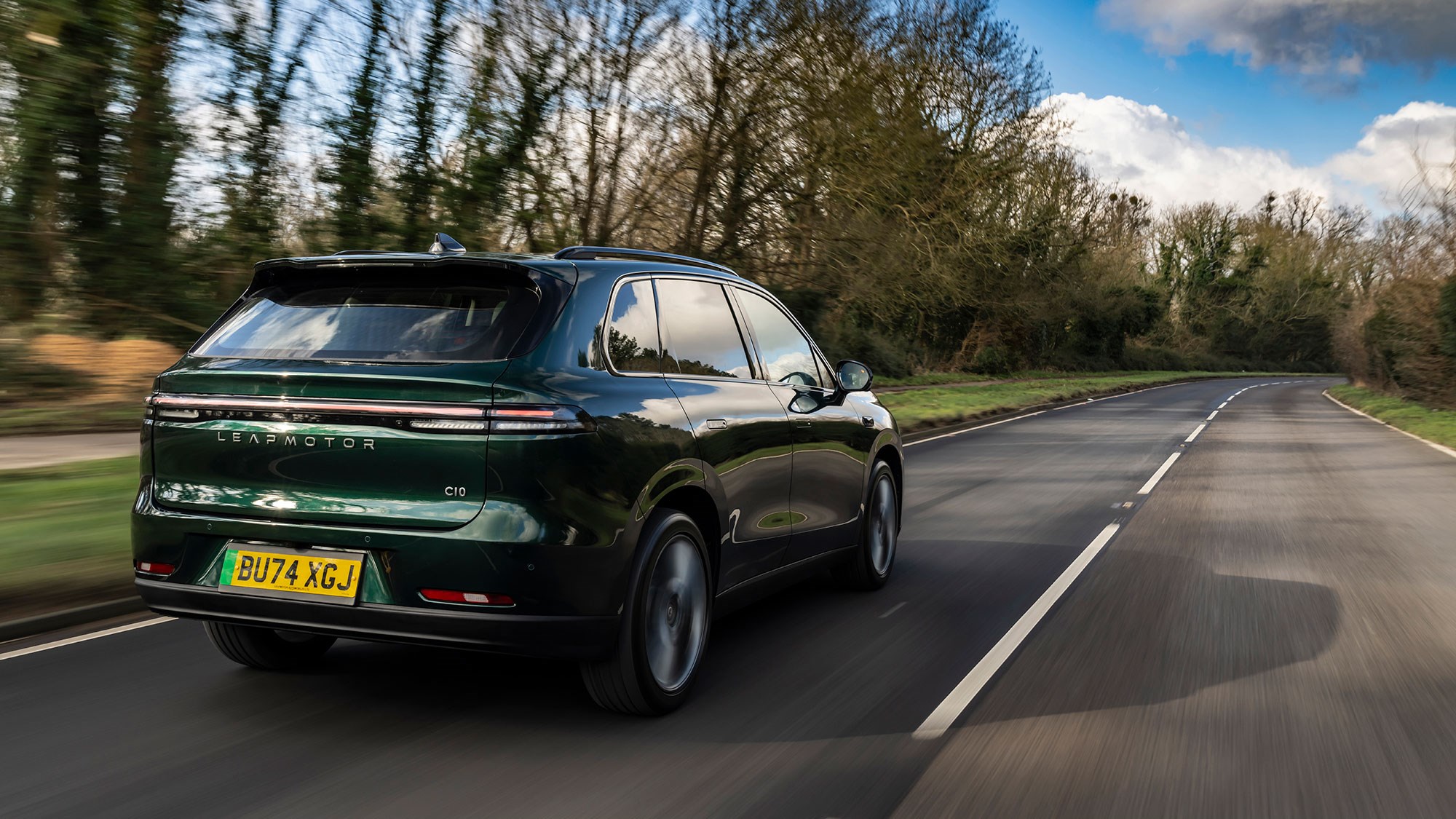
There was also a fair bit of wind noise around the A-Pillars at motorway speeds, but luckily the electric motor whine wasn’t quite as permeating around 20mph as it was in the T03. More of a tolerable tenor than a grating falsetto.
Last point and then I’ll get cracking on the interior. And it’s a big one. The C10 is surprisingly – almost suspiciously – efficient. At the end of 70-mile test drive, the car’s trip computer told me it had averaged 3.4 miles/kWh. That’d put its real-world driving range at 238 miles, which is just 25 miles short of its official WLTP estimate.
That was in the depths of winter, too. So, either Leapmotor is massively sandbagging on the C10’s WLTP range estimations or the brand’s engineers have magically managed to out-engineer the likes of Kia, Renault, Stellantis and the Volkswagen Group. More testing needed, I reckon.
What’s the interior like?
Cosmically vast. Up front, there’s about a foot of shoulder space between the driver and passenger, and headroom is generous enough to accommodate even the most outrageous of mohawks. But it was the second row that truly impressed.
I’m six foot tall, so I rarely have cause to say this – but I was astounded by the amount of space in the back of C10. It’s like a bloody Maybach. With the seat in my driving position, I had enough space ahead to stretch out like I was lounging on my sofa at home. It’s certainly one of the most spacious interiors for the money.
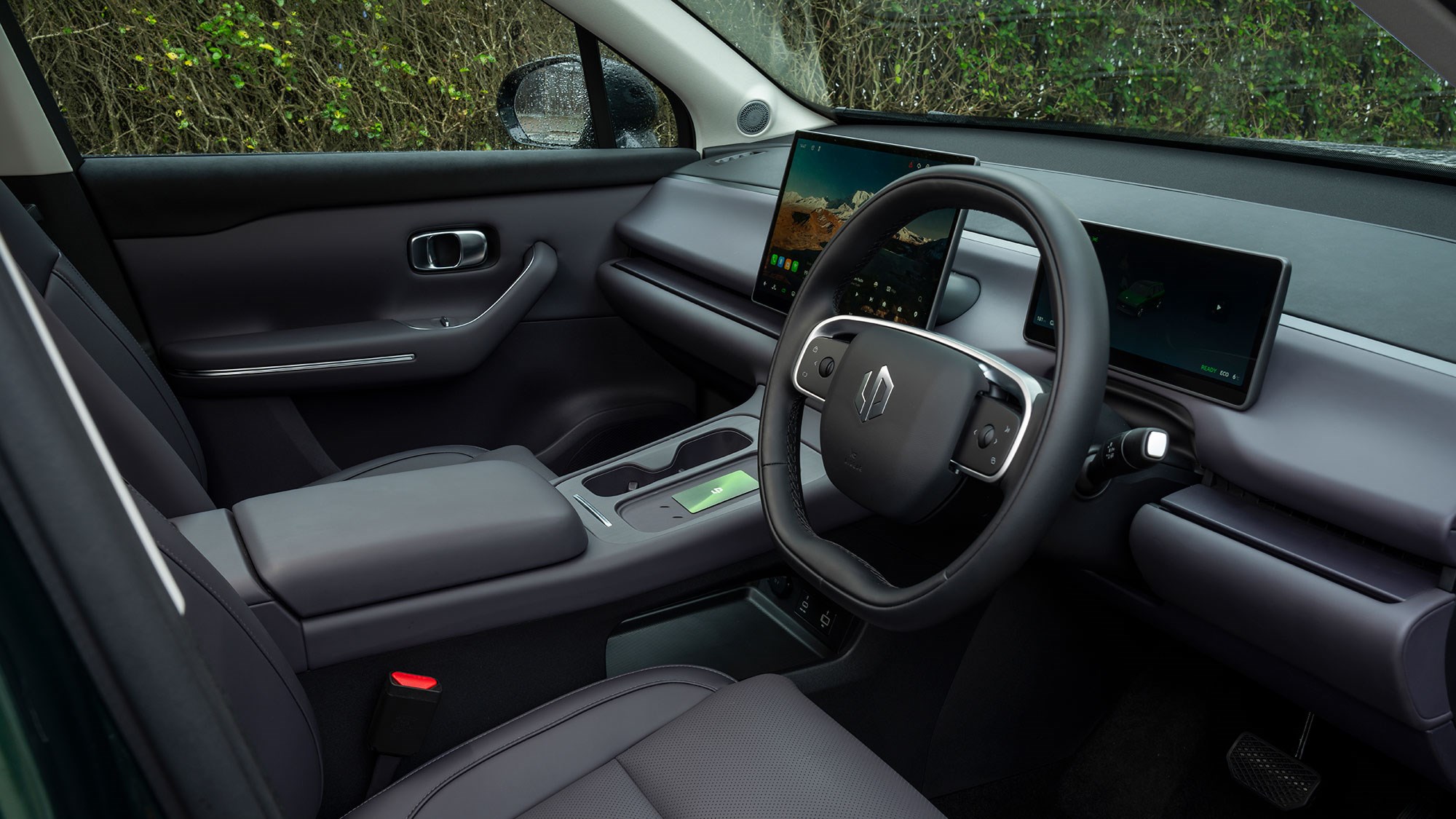
The massive (and standard!) panoramic sunroof helped improve the sense of space further. It stretches all the way from the windscreen surround to the boot and it floods the cabin with light – even on an overcast day. If I had to criticise it, the motor on the sun blind is very noisy and almost comically slow. I can live with it for the money, though.
You also get a 14.6-inch infotainment system as standard and, if I’m honest, it’s a bit daunting. In typical Chinese fashion, it’s a bewildering rabbit warren of sub-menus, which is proper a faff to use when you’re trying to concentrate on not crashing into the Qashqai meandering around its lane ahead of you. And because there isn’t a single physical button on the dashboard, you’re forced to interact with the screen for everything.
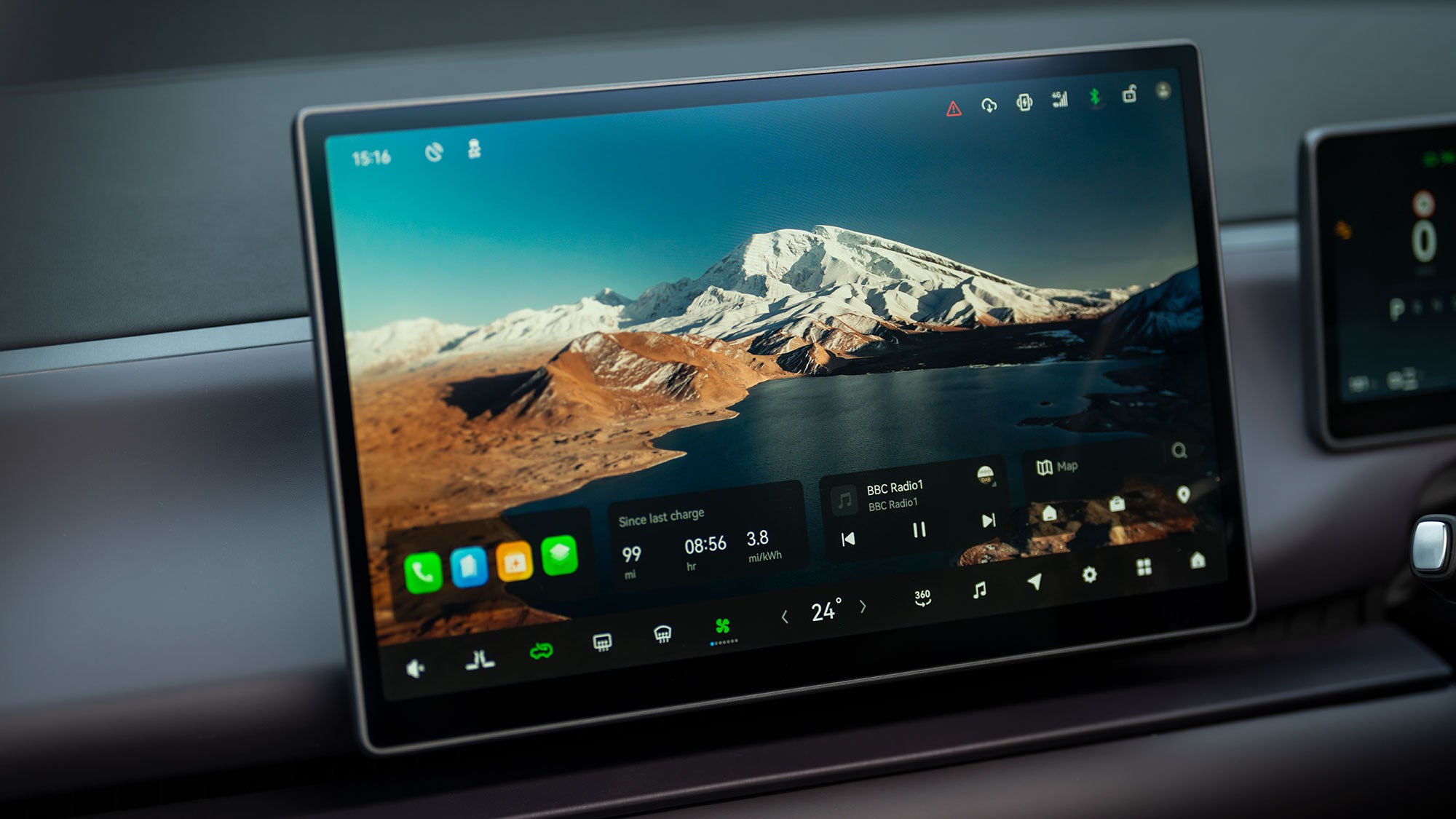
From what I could figure out, it didn’t have Apple CarPlay or Android Auto either. Neither wired nor wireless. That presents another problem because Leapmotor’s native sat-nav system is about as intelligent as a badly trained Shih-Tzu.
During my test drive, I dropped off the route. I had to divert around a burning lorry. But the C10’s sat-nav system refused to acknowledge that Sussex has other roads in it, leaving me to rely on road signs and old-fashioned orienteering skills until I could rejoin the route further up the road. And even then, it didn’t update the travel distance or arrival time.
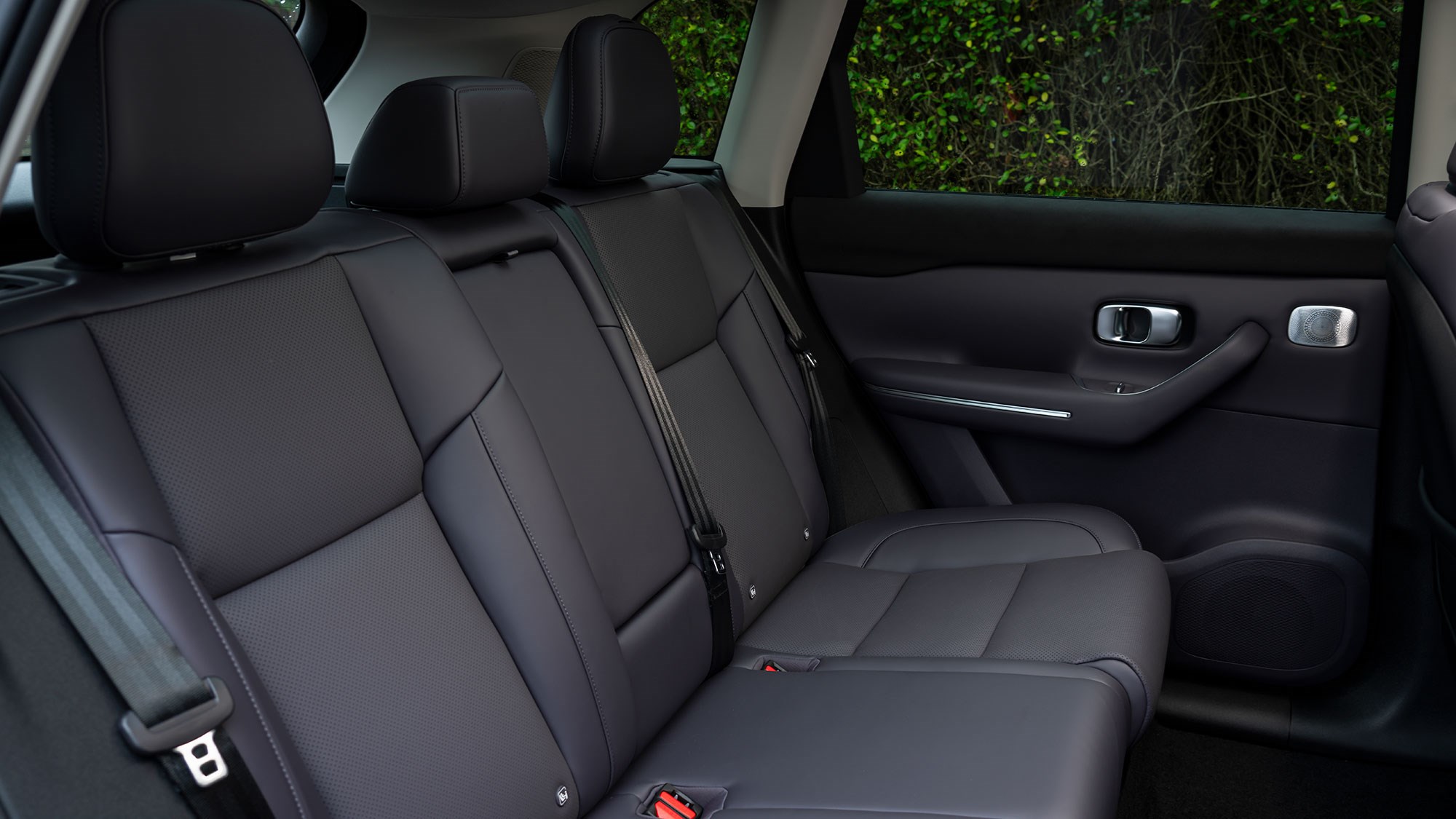
At least the quality is good. You couldn’t ever call it luxurious – some of the materials in the lower half of the cabin feel very cheap – but it’s all been screwed together well. I didn’t hear a single squeak or rattle, which is impressive considering the broken roads I was asking the C10 to deal with and the harshness of its damping.
Before I move on, I should probably tell you about the C10’s party trick. All its seats can fold completely flat, creating a 1.8-metre-long by 1.2-litre wide space, which is enough room for a double airbed. Sounds like it needs pitting against the camping capabilities of the new Hyundai Santa Fe. The twin tests really do write themselves.
Before you buy
To keep things simple for its buyers (and its factories), Leapmotor only offers the C10 in one specification. There are five exterior colours to choose from but only one interior style and layout. Slim pickings, then, but with such an extensive standard kit list, you do at least get a lot for your money.
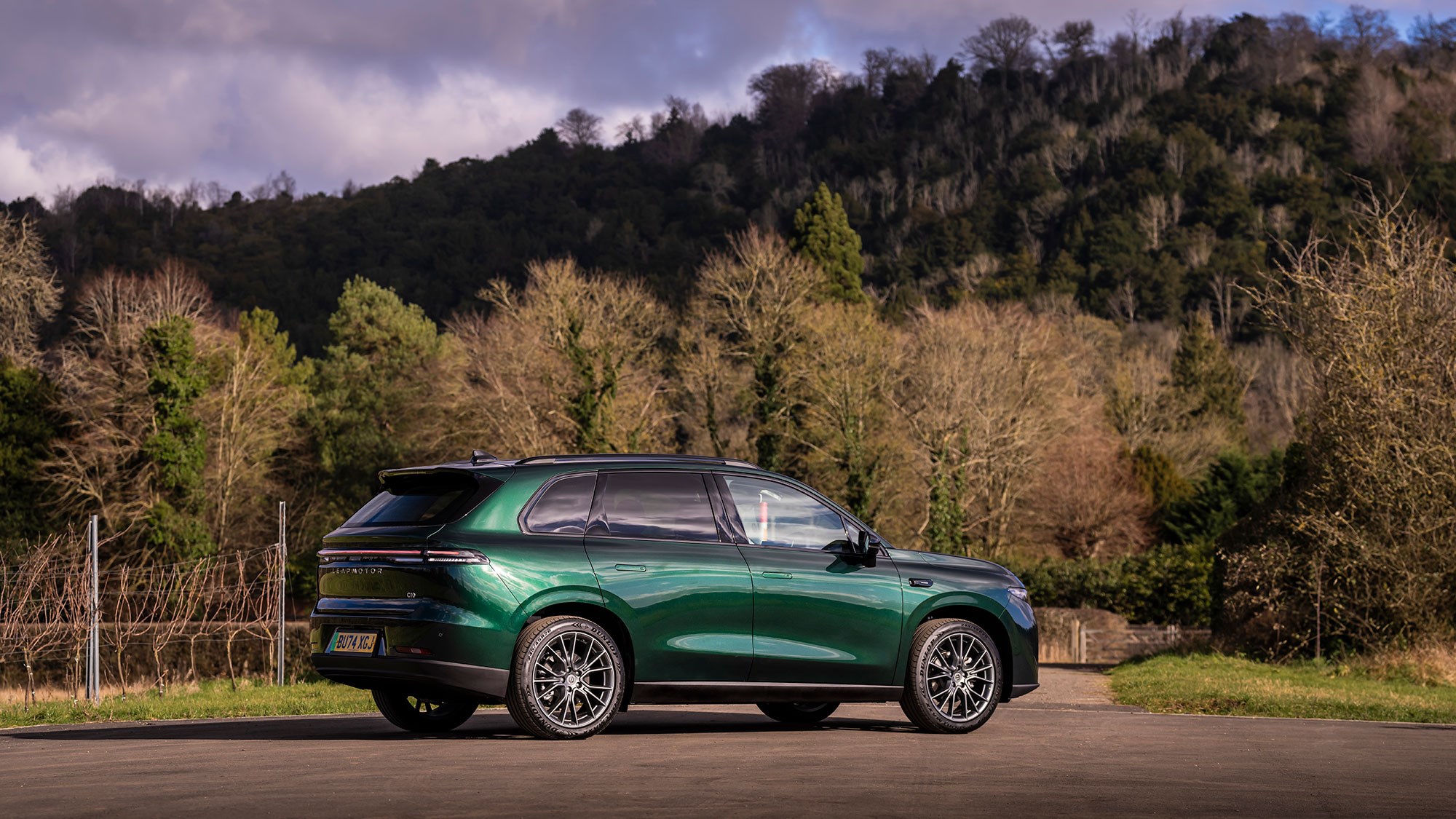
The Renault Scenic, for example, starts from around £37,000, but you only get the sunroof – albeit an opacifying one – on the top-spec Iconic cars that start from £45,495. The C10 isn’t as refined nor as stylish as say a Skoda Enyaq for eight grand more, but if you can look past its relative dowdiness, it makes a great case for itself as a budget option.
Verdict
The Leapmotor C10 is an interesting entrant to the electric family SUV class – and an entirely recommendable one at that. It’s lightyears ahead of equivalent Chinese electric car like the Skywell BE11, both in terms of tech and driving characteristics, and it’s a genuinely decent car that’s far better equipped and less expensive than most of its rivals.
Is that enough to drag buyers away from the marvellous Renault Scenic, though? Well, if I had to bet on what Chinese brand is going to do the best job of toppling the established car western market, I’d put my money on Leapmotor, not least because it’s backed up by the logistical might of Stellantis. That vast dealer support alone should make it one of the most pleasant Chinese EVs to own.
The C10’s derivative styling, lack of customisation options and decidedly average driving experience may hold it back – and that’s before you get to the potential for distrust in the new Leapmotor brand, especially because the C10 is only offered with a four-year warranty (compared to the six-year package you get on a BYD). However, for anyone that’s shopping a new EV on a budget, I reckon the C10 will be hard to ignore.